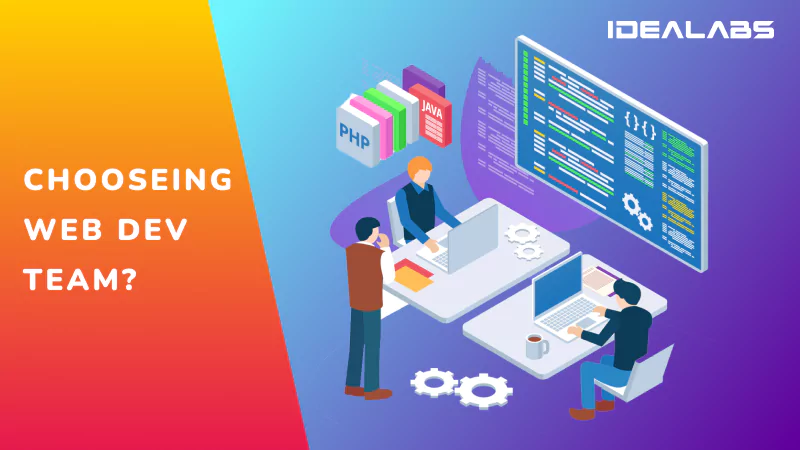In today’s digital age, having a strong online presence is crucial for any business. A well-designed website can help attract customers, build credibility, and boost sales. Choosing the right web designer or web development service is a critical decision that can significantly impact your business. Here are the essential factors you need to consider when making this choice.
1. Portfolio and Experience
One of the first things to check is the designer’s portfolio. A portfolio showcases their previous work and gives you an idea of their style and capabilities. Look for projects similar to what you need. If you own an online store, find examples of e-commerce sites they have built. Experience in your industry is also a plus. It means they understand your specific needs and challenges.
2. Technical Skills and Expertise
Ensure the web designer or developer is proficient in the technologies you prefer. Common platforms include WordPress, Shopify, and custom solutions using HTML, CSS, and JavaScript frameworks. Additionally, check if they can create responsive designs. A responsive website looks good and functions well on both desktops and mobile devices, which is crucial as more people browse the web on their phones.
3. Client Reviews and Testimonials
Reading reviews and testimonials from previous clients can provide valuable insights into the quality of work and customer service you can expect. Look for reviews on independent websites like Google Reviews or Clutch. If possible, ask the designer for references and contact these past clients directly. This will give you a firsthand account of their experiences.
4. Understanding of Your Needs
Effective communication is key. A good web designer or developer will take the time to understand your business goals and target audience. During initial meetings, pay attention to whether they listen carefully and ask relevant questions. This shows they are committed to delivering a solution tailored to your specific needs rather than offering a generic template.
5. Cost and Budget
While cost is an important factor, it should not be the only consideration. Look for transparent pricing with no hidden fees. Get quotes from multiple designers and compare what each package includes. Sometimes, a higher upfront cost can save money in the long run if it includes additional services like SEO, maintenance, or marketing integration.
6. Project Management and Timeline
Time is money, and delays can be costly. Ensure the web designer or developer can deliver your project within your desired timeframe. Ask about their project management process and the tools they use to track progress. Organized project management practices, such as using Trello or Asana, can help ensure that deadlines are met.
7. Support and Maintenance
A website needs regular updates and maintenance to stay secure and perform well. Check if the designer offers ongoing support and maintenance services. It is also helpful if they provide training on how to manage and update the site yourself. This ensures you are not left in the dark once the site goes live.
8. SEO and Marketing Knowledge
A great website is useless if no one can find it. Search engine optimization (SEO) is essential for making your site visible on search engines like Google. Ensure the designer has a good understanding of SEO principles. Additionally, knowledge of digital marketing can be a bonus, helping integrate marketing strategies that drive traffic and conversions.
Conclusion
Choosing the right web designer or web development service is a crucial step in building a successful online presence. By considering their portfolio, technical skills, client reviews, understanding of your needs, cost, project management, support services, and SEO knowledge, you can make an informed decision. Take your time, do your research, and choose a partner who can help you achieve your business goals.

